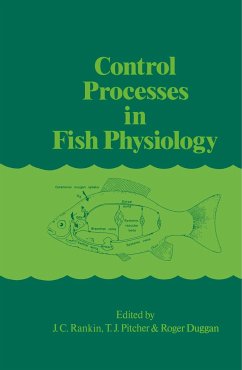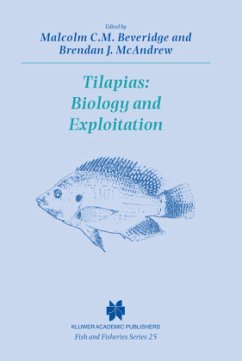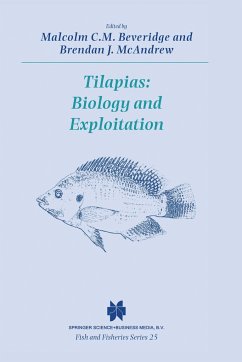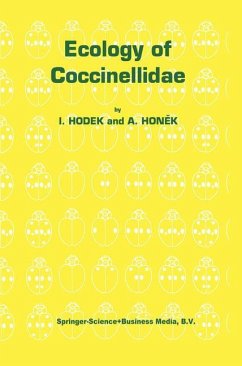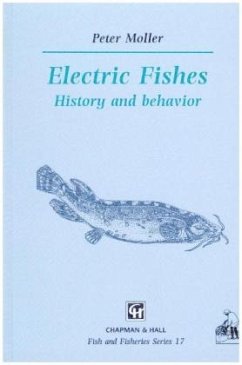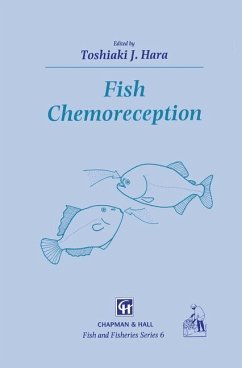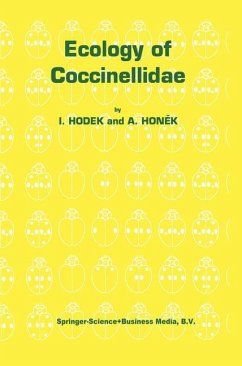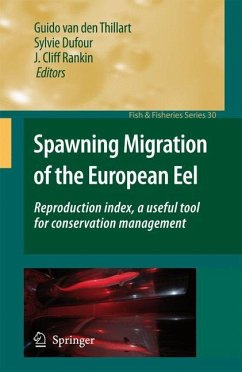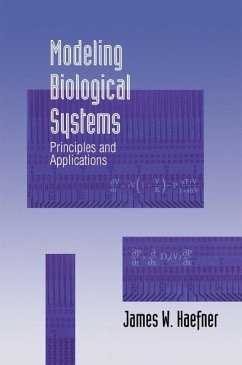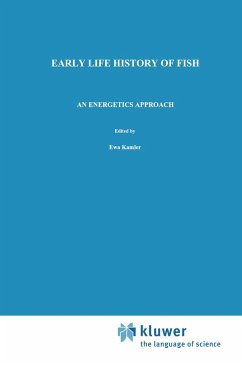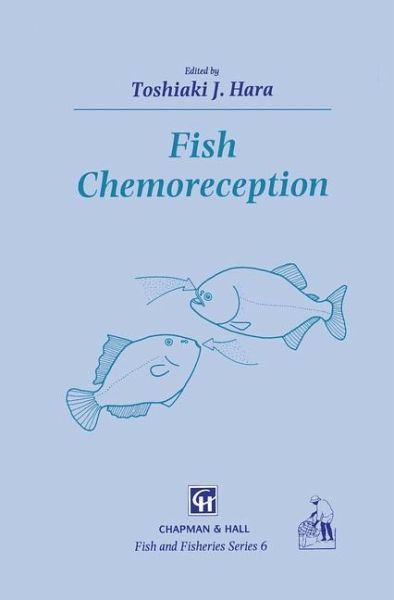
Fish Chemoreception
Versandkostenfrei!
Versandfertig in 1-2 Wochen
229,99 €
inkl. MwSt.

PAYBACK Punkte
115 °P sammeln!
This book describes in general how the chemosensory systems of fish function at various levels. In many ways, fish are typical vertebrates differing only slightly from other vertebrates including humans. In other ways, their aquatic environment imposes strict requirements or offers unique opportunities which have resulted in some unusual functions having no counterpart in higher vertebrates. This new volume is necessitated by advances in many vital areas as the field of chemical senses continues to grow at a rapid pace. Most significant is the application of the contemporary electrophysiologic...
This book describes in general how the chemosensory systems of fish function at various levels. In many ways, fish are typical vertebrates differing only slightly from other vertebrates including humans. In other ways, their aquatic environment imposes strict requirements or offers unique opportunities which have resulted in some unusual functions having no counterpart in higher vertebrates. This new volume is necessitated by advances in many vital areas as the field of chemical senses continues to grow at a rapid pace. Most significant is the application of the contemporary electrophysiological technique of patch-clamping, recognition of a second messenger system in chemosensory transduction processes and the identification of hormonal pheromones in fish reproductive behaviour. The last major synthesis of our knowledge about fish chemoreception, Chemoreception in Fishes, was published ten years ago (Elsevier, Amsterdam, 1982). In that volume four aspects of fish chemoreception, Le. morphology of the peripheral chemoreceptors. primary sensory processes, roles in behaviour, and its interactions with environment, were discussed. This book is intended to be helpful to students, scientists and aquacul turists not only as a source book but also as a textbook on chemical senses.



